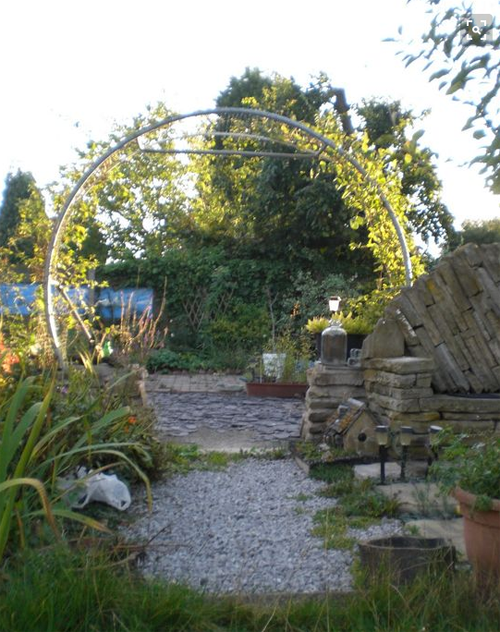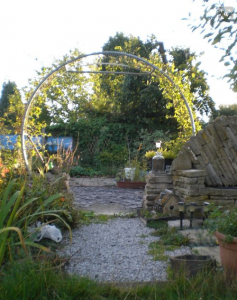To correctly measure the Jump Mat, you need to measure the frame size of your trampoline. You also need to measure the spring size of your springs from hook to hook ensuring it is not stretched. The most usual lengths are 5.5 inches or 7 inches. We currently supply jump mats for 8 foot, 10 foot, 12 foot, 13 foot and 14 foot trampolines in either 5.5 inch or 7 inch spring sizes. The number of eyelets on your mat can be counted also however, if this number differs by a few or even up to 8 or 10 from universal replacement you can just space the springs out and it will still be a successful replacement fitting.


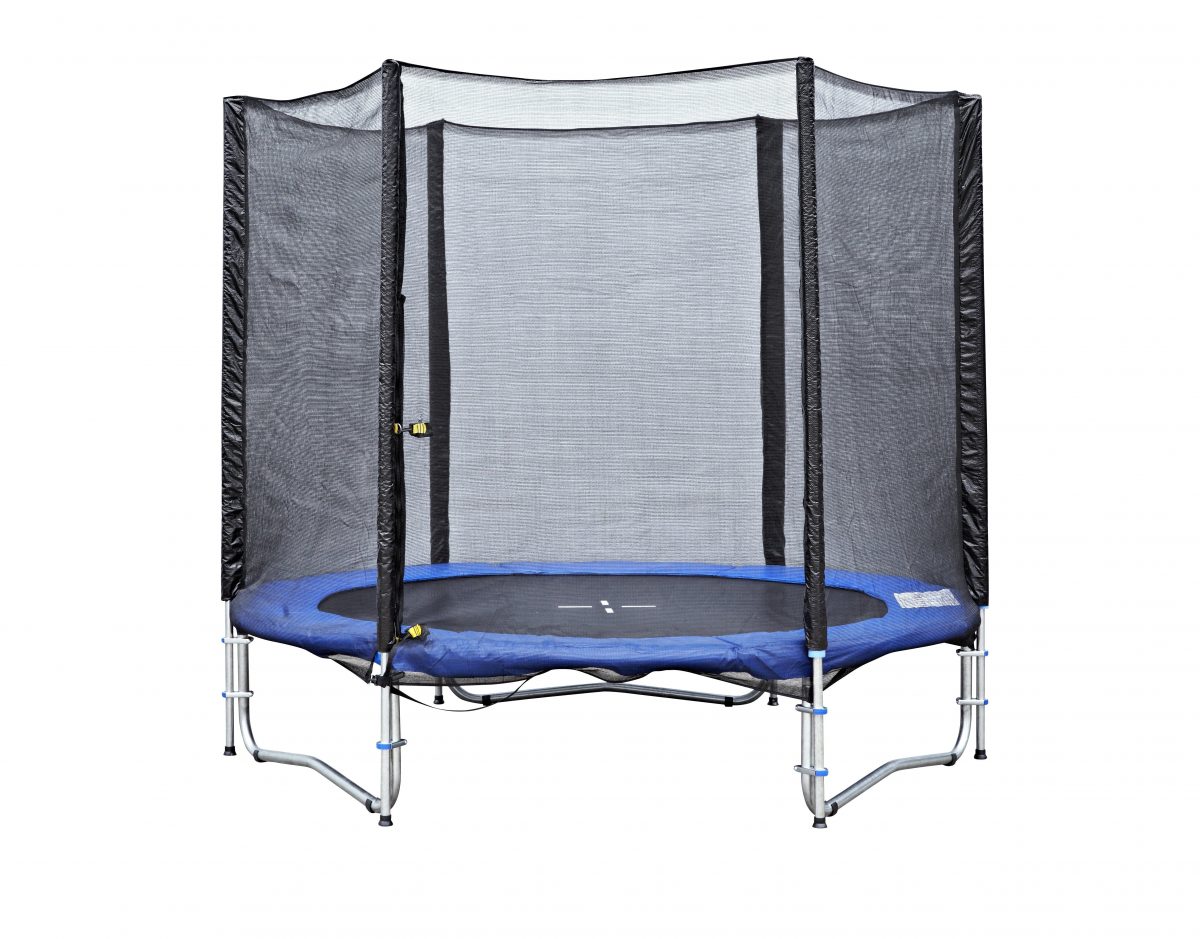
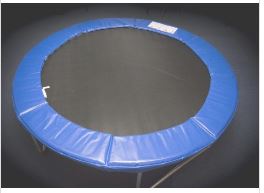

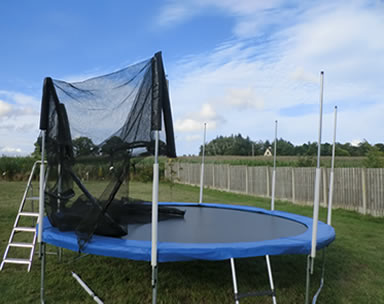

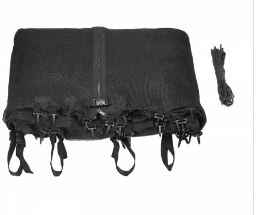
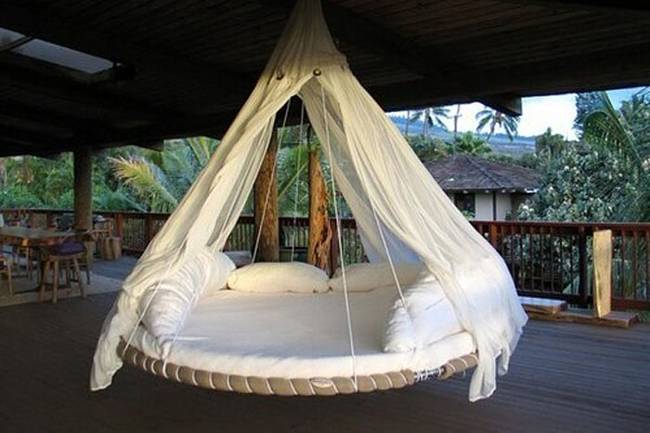
 eat, you can use the old trampoline frame ring, the trampoline bounce mat and trampoline springs. The trampoline frame can be covered in soft padding and the whole trampoline mat is covered with a sheet. The frame is suspended from the ceiling by strong rope to make a large suspended swinging bed or relaxation area. Wow!! Yes please
eat, you can use the old trampoline frame ring, the trampoline bounce mat and trampoline springs. The trampoline frame can be covered in soft padding and the whole trampoline mat is covered with a sheet. The frame is suspended from the ceiling by strong rope to make a large suspended swinging bed or relaxation area. Wow!! Yes please